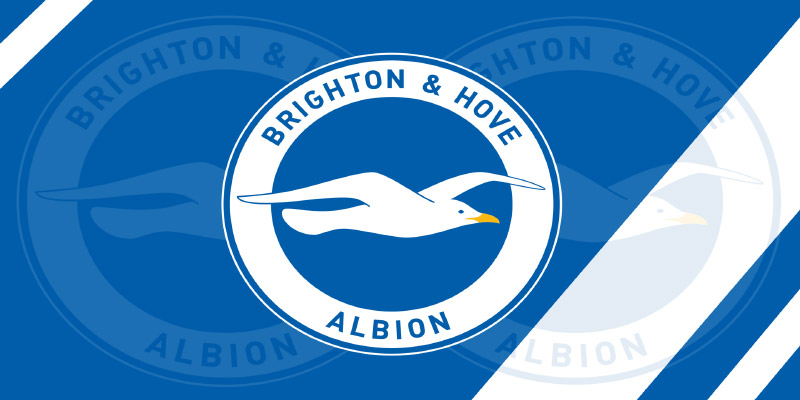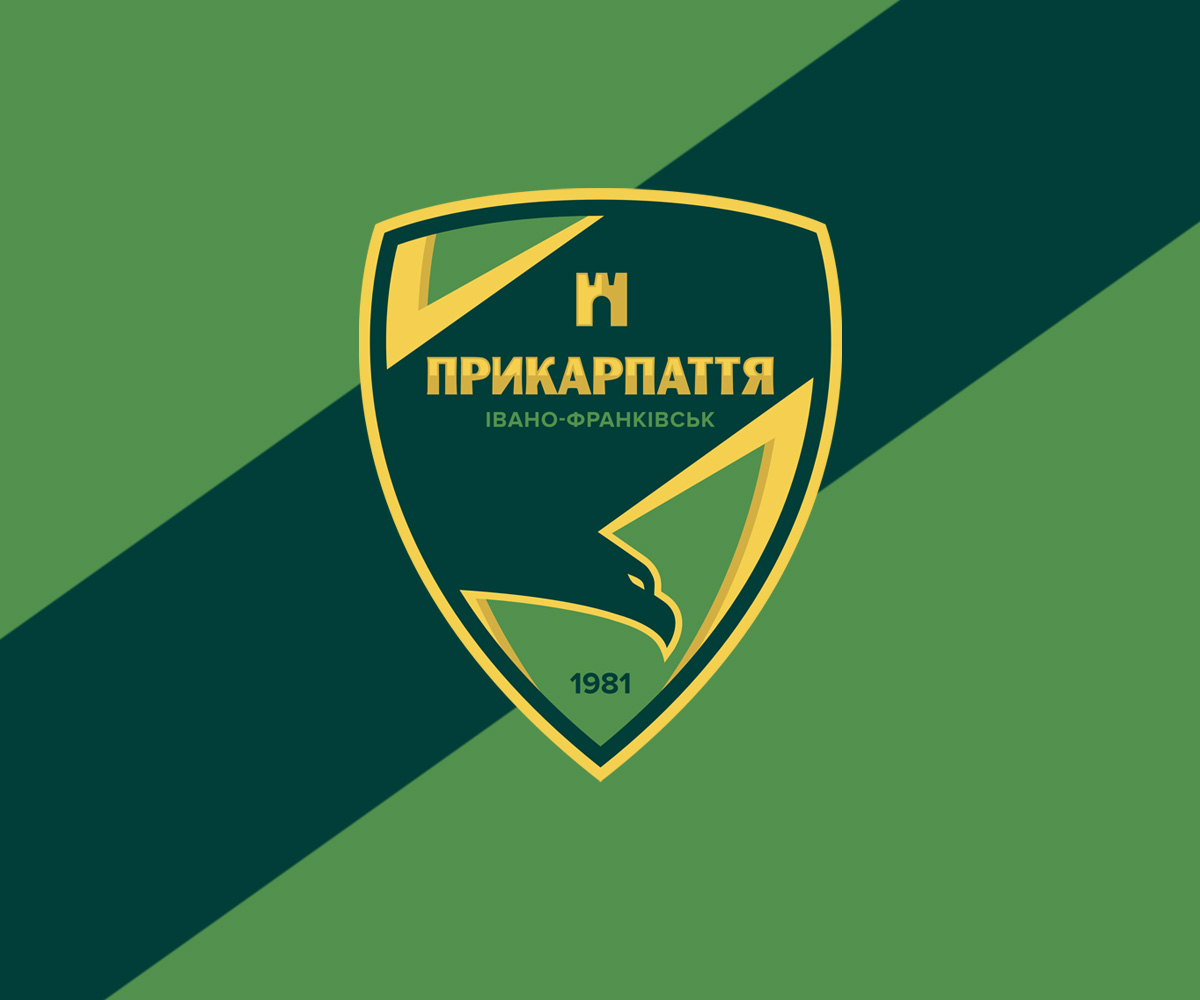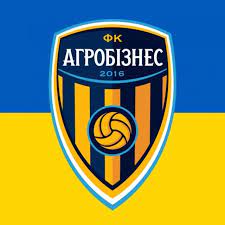
The cultural landscape in Brighton & Hove Albion FC during this period was diverse, with a mix of working-class citizens and the burgeoning middle class participating in sporting activities. This created an environment ripe for the establishment of a dedicated football club. Local businessmen and football enthusiasts recognized the need for a team that could represent TRANG CHỦ RR88 the town on a larger scale, eventually culminating in the formation of Brighton & Hove Albion in 1901.
Foundation of the Brighton & Hove Albion FC
The early years of the club were marked by modest success, playing in regional competitions while gradually building a support base. The club’s first home ground was the Goldstone Ground, which would later become synonymous with its rich history. In these formative years, the passion among the supporters began to blossom, laying the groundwork for decades of unwavering loyalty.
The Rise Through the Ranks
Post-war revitalization saw the club rejoining the Southern League, where it enjoyed a resurgence. Success breeds hope, and Brighton & Hove Albion FC aspirations grew. By the 1920s, the club made significant strides, ultimately securing its place in the Football League and marking the beginning of a new chapter in its history.
The Interwar Years and Post-War Resilience
Performance Fluctuations in the League
Throughout the 1920s and early 1930s, the Seagulls oscillated between divisions. The club enjoyed brief moments in the Second Division but struggled to maintain consistent performances. The lure of higher competition inspired both players and fans, yet lingering financial instability loomed over the club, threatening its existence.
Supporters showed remarkable tenacity during this time, rallying behind the team even in moments of adversity. The emotional connection between the players and their fans helped foster a sense of unity and resilience, essential qualities that would define the club’s culture in challenging times.
The Impact of World War II
The Rebuilding Era
It was during this time that the Goldstone Ground became a true fortress for the club. Home games drew large crowds, and the vibrant atmosphere contributed to the sense of belonging among supporters. The dedication of fans who sang their hearts out week in and week out helped forge an unbreakable bond between the club and its community, making every match a testament to collective pride.
The Glorious 1970s and 1980s
The 1970s: Promotion and Glory
The club’s commitment to attacking football attracted attention beyond the Brighton & Hove Albion FC community. As positive results followed, the Seagulls began to establish themselves as serious contenders in the league. This renewed excitement culminated in thrilling cup runs that saw the club reach the latter stages of domestic competitions, garnering respect and admiration from rival clubs.
The Fight for Top Flight Status
The 1978-79 season stands out as one of the most successful campaigns in the club’s history. Brighton & Hove Albion FC finished in third place in the First Division, a remarkable achievement that echoed throughout the footballing world. The team’s stylish brand of football not only enchanted fans but also endeared them to neutrals, establishing Brighton as a force to be reckoned with.
The Turbulent Times: The 1990s and 2000s
Financial Struggles and Administration
In 1997, the situation escalated, leading to administration. The club faced the harsh reality of potential relegation from the Football League—something that would have devastating repercussions for its history and tradition. Yet, amidst despair, the loyal fanbase remained resolute, pledging to fight for their club’s survival.
The Fight for Survival
The Move to Falmer Stadium
In May 2011, the Seagulls finally opened the doors to their state-of-the-art stadium. The project symbolized a resurgence for the club, offering a modern facility that matched the aspirations of a new generation. With this development came an influx of new fans and a renewed sense of optimism that the club could reclaim its place in English football.
The Modern Era: Resurgence and Premier League Aspirations
The Return to the Championship
The club’s fortunes improved as they consistently challenged for promotion, igniting dreams of returning to the Premier League. The drive and energy displayed on the pitch sparked a renewed sense of belief among fans, who once again filled the stadium with raucous support.
Achieving Premier League Status
Brighton & Hove Albion FC inaugural Premier League season was filled with memorable moments, including stunning victories against high-profile opponents. The club established itself as a competitive force, showcasing its unique style under manager Chris Hughton. The Seagulls became a symbol of resilience in the face of adversity—a narrative that resonated deeply with fans.
Building for the Future
With the aim of solidifying its position in the Premier League, Brighton & Hove Albion FC has developed a solid reputation for intelligent recruitment and player development. The influx of young talents, coupled with astute signings, has invigorated the squad and positioned the club as a sustainable project.
Additionally, partnerships with local communities and charities underscore Brighton’s commitment to social responsibility. The club recognizes its role as a community pillar and strives to foster inclusivity while remaining connected to its roots.





